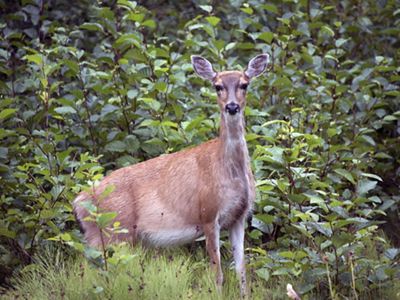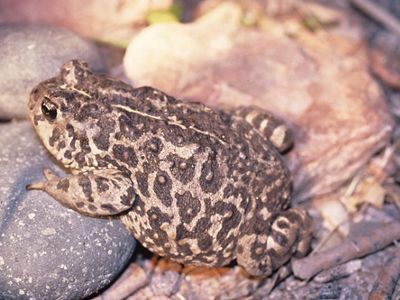Meet Dale and Lois Derouin
From removing invasive species to serving as naturalists, Legacy Club members and TNC volunteers Dale and Lois Derouin give their all to support nature.
The Nature Conservancy in Alaska is harnessing big data and science to identify optimal restoration sites in the world’s largest coastal temperate rainforest. Located in Southeast Alaska, this emerald forest sustains hundreds of animal species—including Sitka black-tailed deer, which are critical to healthy, functioning ecosystems and rural communities in the area. But deer populations are declining. In a place with heavy annual snowfall, big trees shelter the deer and prevent the snow from getting too deep on the forest floor.
Over the past half century, however, 67% of the best deer habitat has been logged. Working with partners that include the Forest Service and regional community forest partnerships, TNC is using science to identify the most impacted deer habitat to decide which forests and streams need rehabilitation. TNC is also helping to provide crews from the region’s Indigenous-led community forests with the skills needed to restore their traditional homelands.

The Nature Conservancy has been working for over 40 years to protect the rare Amargosa toad and its habitat in the Oasis Valley of the Amargosa River, which straddles the California-Nevada border. The buff- to olive-colored amphibian lives along a 15-mile stretch of the river, relying on water availability in a place where water is scarce: the northern Mojave Desert.
The toad and its home face ongoing threats from habitat loss, water diversion and invasive species. To safeguard the Amargosa toad—along with nearly 50 other unique species found nowhere else in the world—TNC developed a conservation blueprint for the Amargosa system. This blueprint gives guidance on habitat management, maintaining or restoring natural water fluctuations throughout the watershed, and eliminating or controlling invasive species such as bullfrogs and crayfish.

Scroll through more articles